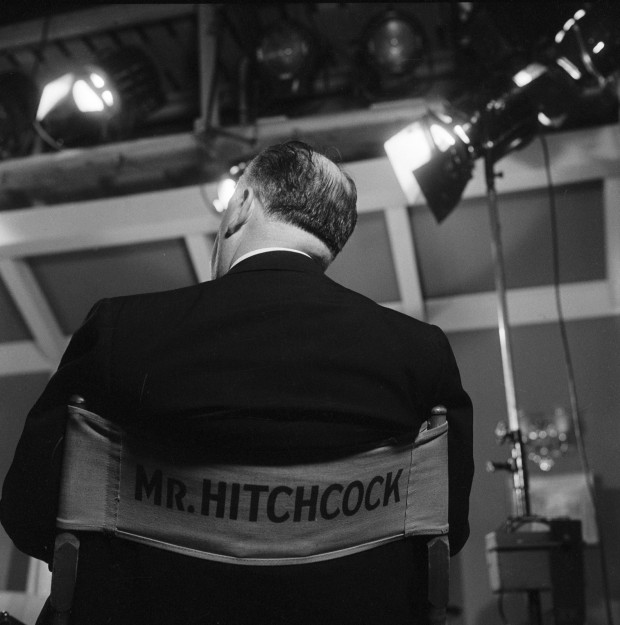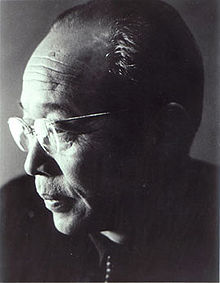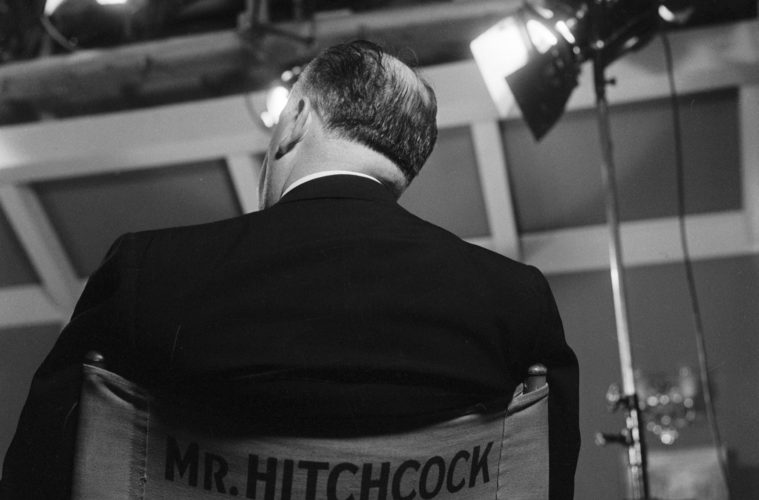
Dailies is a round-up of essential film writing, news bits, and other highlights from our colleagues across the Internet — and, occasionally, our own writers. If you’d like to submit a piece for consideration, get in touch with us in the comments below or on Twitter at @TheFilmStage.
Jason Filiatrault has launched Weekly Hitchcock, where he’ll be discussing the Master of Suspense’s films in chronological order for the next year:
Before I begin Weekly Hitch in earnest, I thought it best to go over a little bit about Hitchcock’s early life and formative years – a sort of primer for those who may not know much about the man – and a refresher for myself and those who do.
I’m not generally one who believes that you can trace every aspect of an artist to their upbringing and history – but, I do think there are some elements of Hitchcock’s life and family and childhood which will help us in future attempts to trace his influences and artistic choices over the course of his career. So, we’ll begin – as they do – at the beginning.
New York Times critics Manohla Dargis and A.O. Scott publish a series of open memos to Hollywood, critics, and more:
Summer is sequel season, when the movie studios celebrate their lack of imagination by disguising it as populism. Why should movie critics be any different? Five years ago, we published the first installment of our “Memos to Hollywood,” in which we presumed to give advice to everyone involved in the making, distributing and watching of movies. And now we’re back with another spectacular, game-changing, blockbuster episode. This time, they’ll pay attention.
 At The New Yorker, Richard Brody previews the comprehensive Kenji Mizoguchi retrospective at Museum of the Moving Image:
At The New Yorker, Richard Brody previews the comprehensive Kenji Mizoguchi retrospective at Museum of the Moving Image:
The monthlong retrospective of all the extant films by the Japanese director Kenji Mizoguchi (1898-1956) at Museum of the Moving Image is a long-overdue tribute to his supreme artistry. Though Mizoguchi worked in Japan’s mainstream movie industry, his work bears no trace of commercial compromise or populist sentiment; it reaches the purest realms of tragedy—and this accounts for his relative neglect. He was an intensely, even angrily, political filmmaker, who explored Japanese history and classical literature in order to dramatize the country’s social and emotional crises at their source. For Mizoguchi, Japan’s most destructive and deeply rooted crisis was the subjugation of women.
At Indiewire, Eric Kohn on how The Amazing Spider-Man 2 documents Hollywood’s declining relationship with talented young filmmakers:
Once again, as the main figure behind the wheel, Webb continues to show some of the tender sensibilities on display in his lively debut, 2009’s “(500) Days of Summer,” which went great lengths to shake up the romcom formula with heapings of playful style. It’s a remarkable demonstration of studio efficiency that Webb has completed two multimillion dollar superhero movies in the five years since his first feature, but such speed has quickly become the industry norm.
Young filmmakers with a penchant for entertaining storytelling no longer get the chance to play around in the studio realm, as Richard Linklater did with his second feature, “Dazed and Confused,” a studio project he landed after “Slacker.” Instead, the commercial arena forces them to dive into the bigger risks of tentpoles and other environments less kind to distinctive voices, abandoning the originality that made them stand out in favor of a system that consumes their talent.
Anne Thompson writes on saying goodbye to the old Focus Features:
Brands and labels mean a lot in Hollywood. It’s about building up the perception of value. How has MGM stayed in business all these years? So when a venerated label throws away its value it makes me crazy. The indie specialty world has lost many quality labels over the years now: United Artists, Paramount Classics and Vantage, Warner Independent, Fine Line Features, Cinecon and Miramax among many more. Now we can count Focus Features.

